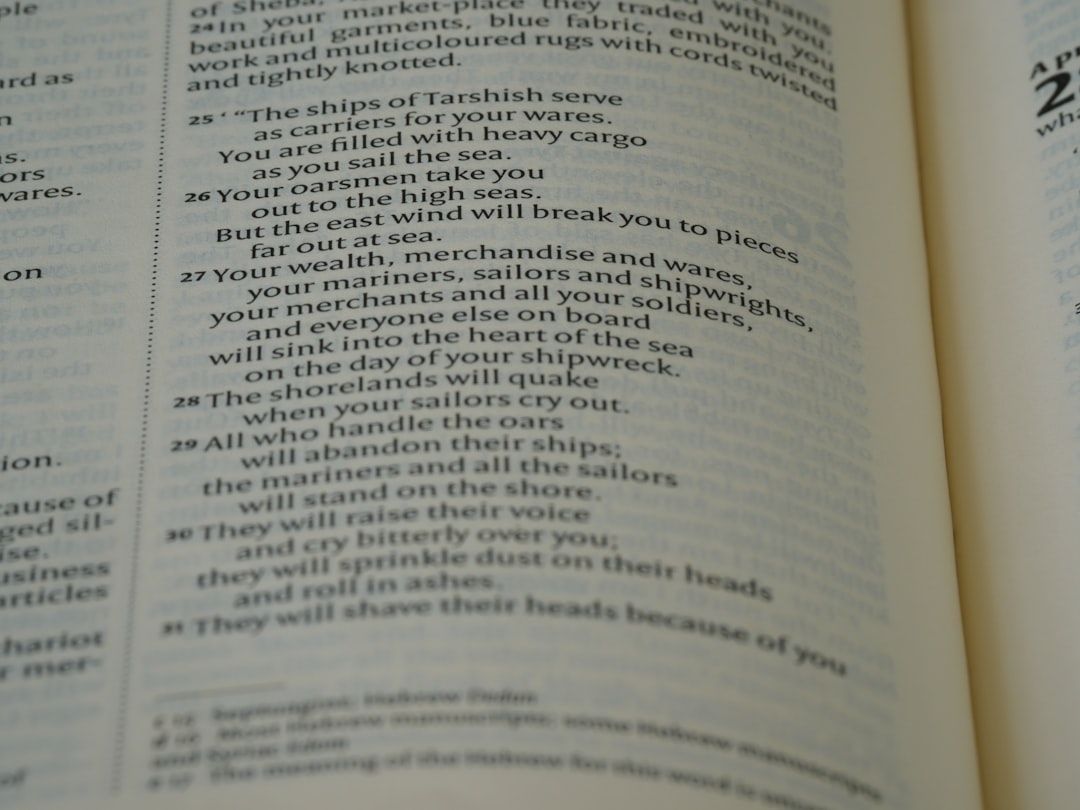In today’s technologically advanced world, technical guides and manuals are indispensable tools for understanding and utilizing complex products and systems. Whether you’re a user grappling with a new software program or a technical writer crafting documentation for a cutting-edge device, understanding the nuances of these guides is crucial. This comprehensive guide explores the multifaceted world of technical documentation, offering insights for both creators and consumers.
The Importance of Clear and Concise Technical Writing
Effective technical writing is the cornerstone of any successful technical guide. It’s more than just explaining features; it’s about conveying complex information in a clear, concise, and accessible manner. Poorly written documentation can lead to user frustration, lost productivity, and even safety hazards. Key principles include:
- Simplicity and Clarity: Avoid jargon and technical terms unless absolutely necessary. Use plain language and short sentences.
- Logical Structure: Organize information logically, using headings, subheadings, and bullet points to improve readability.
- Visual Aids: Incorporate diagrams, screenshots, and illustrations to enhance understanding and break up large blocks of text.
- Accuracy and Completeness: Ensure all information is accurate, up-to-date, and comprehensive. Omitting crucial details can lead to significant problems.
- Accessibility: Consider users with disabilities. Use appropriate font sizes, color contrasts, and alternative text for images.
Different Types of Technical Guides and Manuals
Technical documentation comes in various forms, each tailored to specific needs and audiences. Understanding these variations is crucial for both writers and users:
- User Manuals: These guides provide step-by-step instructions for using a product or software. They often include troubleshooting sections and safety information.
- Installation Guides: These manuals detail the process of setting up and configuring a product, often including diagrams and checklists.
- Troubleshooting Guides: These documents focus on identifying and resolving common problems users might encounter. They typically offer solutions and workarounds.
- API Documentation: For software developers, API documentation explains how to interact with a software application’s programming interface.
- Training Manuals: These guides provide comprehensive training on using a product or system, often including exercises and assessments.
The Role of Visuals in Technical Documentation
Visuals are not just aesthetically pleasing additions; they’re integral to effective technical communication. They can significantly improve comprehension and reduce the cognitive load on the reader. Effective visuals include:
- Screenshots: Show users exactly what they should see on their screens.
- Diagrams: Illustrate complex processes or systems in a simplified manner.
- Flowcharts: Visually represent step-by-step processes or workflows.
- Tables: Organize data in a clear and concise format.
- Videos: Provide dynamic demonstrations and tutorials.
Remember, visuals should be high-quality, clearly labeled, and integrated seamlessly into the text.
Creating Effective Technical Guides: A Step-by-Step Approach
The process of creating a technical guide involves several key steps:
- Audience Analysis: Identify your target audience and their level of technical expertise.
- Information Gathering: Collect all necessary information from subject matter experts and product specifications.
- Content Organization: Structure the information logically, using headings, subheadings, and a clear table of contents.
- Writing and Editing: Write clear, concise, and accurate text, ensuring consistent terminology and style.
- Proofreading and Review: Thoroughly proofread the document for errors in grammar, spelling, and punctuation.
- Design and Layout: Create a visually appealing and easy-to-navigate document using appropriate fonts, images, and formatting.
- Testing and Feedback: Test the document with members of your target audience to gather feedback and make necessary revisions.
Maintaining and Updating Technical Guides
Technical guides are not static documents. Products evolve, software gets updated, and new features are added. Therefore, regular maintenance and updates are crucial to ensure accuracy and relevance. This involves:
- Regular Reviews: Schedule periodic reviews to identify outdated or inaccurate information.
- Version Control: Use a version control system to track changes and manage different versions of the document.
- Feedback Mechanisms: Implement mechanisms for users to provide feedback and report errors.
- Agile Documentation: Adopt an agile approach to documentation, allowing for iterative updates and revisions.
By following these guidelines, both creators and users can harness the power of technical guides and manuals to maximize efficiency, improve understanding, and enhance the overall user experience.




